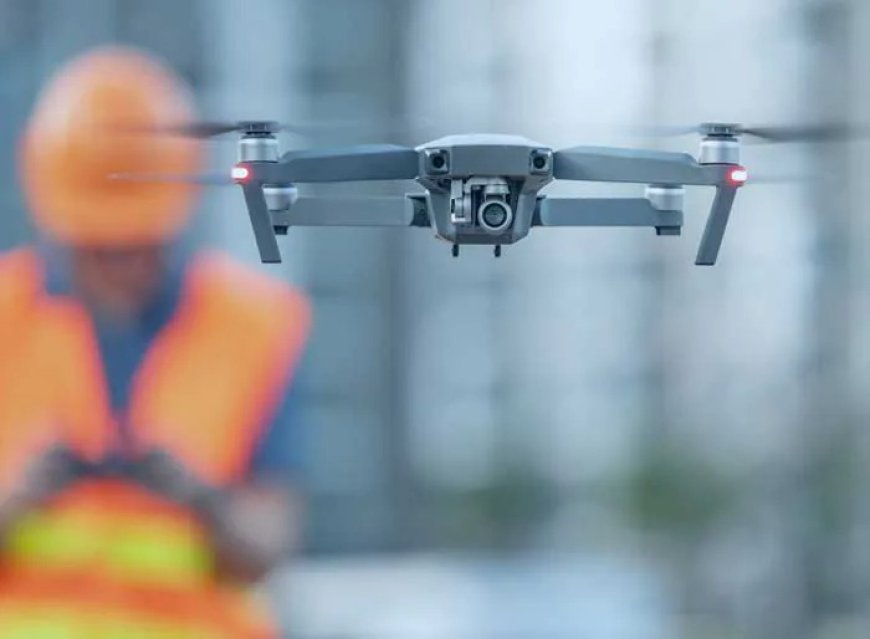From Concept to Creation: The Process of Animated Video Production
he process of animated video production is a collaborative journey that transforms a concept into a compelling visual narrative. By understanding each stage—from development to delivery—you can create engaging content that resonates with your audience.
In today's digital landscape, animated videos have become an essential tool for engaging audiences. Whether for marketing, education, or entertainment, the power of animation can convey complex ideas in a captivating way. But how does one go from a simple concept to a fully realized animated video? Let’s explore the stages involved in this creative process.
Key Stages in Animated Video Production
1. Concept Development
The journey begins with brainstorming ideas. This stage involves identifying the purpose of the video and the target audience. Are you aiming to promote a product, explain a service, or tell a story? Once the goal is clear, the next step is to develop a concept that aligns with your objectives.
During this phase, collaboration is key. Gather insights from team members or clients to refine the idea. Consider creating a mood board or visual references to communicate your vision effectively. This will set the tone for the animation and help in the later stages of production.
2. Scripting
With a solid concept in hand, it's time to craft the script. A well-written script serves as the backbone of your animated video. It should be concise, engaging, and tailored to your audience's preferences. Focus on delivering your message clearly while maintaining a compelling narrative flow.
As you write, keep in mind the timing of the animation. A typical animated video runs between one to three minutes, which equates to about 150-450 words. Ensure your script is not only informative but also visually stimulating, allowing for creative storytelling through animation.
3. Storyboarding
Once the script is finalized, the next step is storyboarding. This visual representation outlines each scene of the video, including character actions, camera angles, and transitions. It acts as a blueprint for the animation process, helping the team visualize how the narrative will unfold.
This is also the perfect time to consider the impact of animated video Vancouver on your project, as local engagement can enhance the connection with your audience. Storyboarding is an essential step for maintaining clarity and coherence throughout the video. It allows you to make adjustments early in the process, saving time and resources later on. This stage is also where you can incorporate ideas for visuals that enhance your messaging.
4. Design and Style Frames
With the storyboard approved, the design phase begins. This is where you create the visual elements that will populate your animation. Choose a style that aligns with your brand and resonates with your target audience. Whether it’s a minimalist design, colourful illustrations, or a more realistic approach, the style will significantly influence the overall impact of the video.
5. Animation
Now comes the exciting part: bringing your video to life! Animation is where all the elements come together. Using software like Adobe After Effects or Toon Boom Harmony, animators begin crafting each scene according to the storyboard and design specifications.
This stage requires meticulous attention to detail, ensuring that every movement is smooth and fluid. Timing plays a critical role, as it dictates the pacing of the video. Animators often collaborate closely with voiceover artists and sound designers to synchronize audio with visuals for maximum impact.
6. Voiceover and Sound Design
Sound is a vital component of animated videos. A compelling voiceover can enhance the storytelling, making it more engaging for viewers. Choose a voice that matches the tone of your video and resonates with your audience.
Simultaneously, sound design adds depth to the animation. Background music and sound effects can significantly elevate the viewing experience. They help set the mood and emphasize key points, making the content more memorable. The integration of sound and visuals should feel seamless, creating a cohesive narrative.
As you finalize your video, consider how effective video marketing Vancouver strategies can enhance its reach and impact. With the right promotional tactics, your animated video can effectively engage and convert your target audience.
7. Editing and Revisions
Once the animation and sound are in place, the editing phase begins. This is where the video is polished to perfection. Editors review the animation for pacing, clarity, and flow, making adjustments as necessary. It’s also an opportunity to incorporate feedback from stakeholders, ensuring that the final product aligns with initial goals.
Revisions are an integral part of the process. It’s common to go through several rounds of edits before reaching the final version. This collaborative effort helps refine the video and enhances its overall quality.
8. Final Review and Delivery
After the edits are completed, a final review is conducted. This step ensures that everything meets quality standards and aligns with the project’s objectives. Once approved, the video is rendered and prepared for delivery.
At this stage, consider the platforms where the video will be shared. Optimizing your content for social media, websites, or email marketing can significantly impact its reach. A well-crafted animated video can enhance your video marketing vancouver strategy, making it an invaluable asset in your promotional toolkit.
Conclusion
The process of animated video production is a collaborative journey that transforms a concept into a compelling visual narrative. By understanding each stage—from development to delivery—you can create engaging content that resonates with your audience. If you're looking to enhance your online presence, investing in animated video production could be the key to unlocking your brand's potential.
Read More: Vancouver Video Production Studio: Your Guide to Quality Video Services

 createvideo
createvideo 
